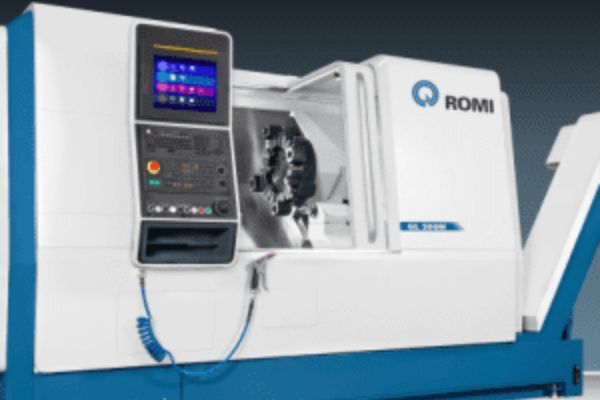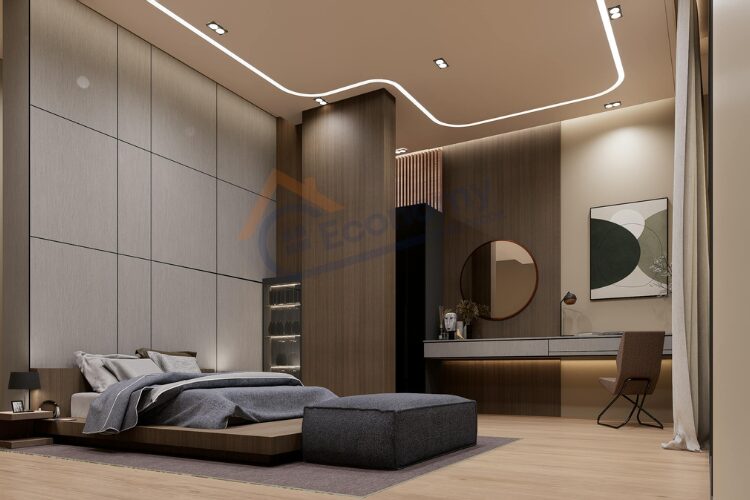
Safety and cleanliness are top priorities in laboratories where chemical handling and testing occur. Among the essential tools that ensure worker protection and compliance with health regulations is the fume hood. While there are different types of fume hoods available, superior ducted fume hoods are widely preferred for environments requiring high-performance airflow and consistent contaminant removal.
In this blog, we’ll break down the structure, benefits, and usage of superior ducted fume hoods and explain why they’re a dependable choice in research and industrial laboratories. We’ll also cover the critical factors to consider when selecting, installing, and maintaining these systems.
What Are Ducted Fume Hoods?
A ducted fume hood is a ventilated enclosure designed to limit exposure to hazardous fumes, vapours, and dust during laboratory work. It achieves this by drawing air from the room into the hood and then out through an external exhaust system. The harmful substances are safely vented away from the user and the workspace.
Superior ducted fume hoods refer to models that are engineered with enhanced airflow control, durable materials, and strict compliance with safety standards. These units are typically hardducted into a building’s HVAC system and used for handling corrosive, volatile, or toxic chemicals.
Why Choose Superior Ducted Fume Hoods?
These fume hoods provide advantages that go beyond standard containment:
1. Consistent Airflow Performance
Superior models are designed with precise face velocity control to maintain a safe working zone inside the hood. Airflow sensors and adjustable baffles help sustain a uniform flow that prevents contaminants from escaping into the lab.
2. Durability Under Harsh Conditions
Built with materials like epoxy-coated steel or stainless steel, these hoods resist corrosion from acids, solvents, and other hazardous agents. This ensures longevity even under frequent and heavy use.
3. Advanced Safety Features
Features may include sash sensors, airflow alarms, and automatic shut-off mechanisms in the event of low flow. These additions provide peace of mind and encourage proper usage.
4. Customisation Options
Many superior models support add-ons like service fixtures, electrical ports, and under-hood storage, which make them suitable for complex procedures without compromising on space or safety.
Conclusion
Superior ducted fume hoods are essential for labs where safety, airflow precision, and chemical resistance are non-negotiable. Their sturdy construction, smart airflow management, and advanced safety controls make them a dependable choice for researchers and lab technicians who work with hazardous substances.
By choosing the right unit and maintaining it regularly, laboratories can ensure long-term safety and efficiency. Whether it’s for a school, hospital, or research facility, a properly installed and well-operated fume hood can significantly reduce health risks while supporting smooth lab operations.





